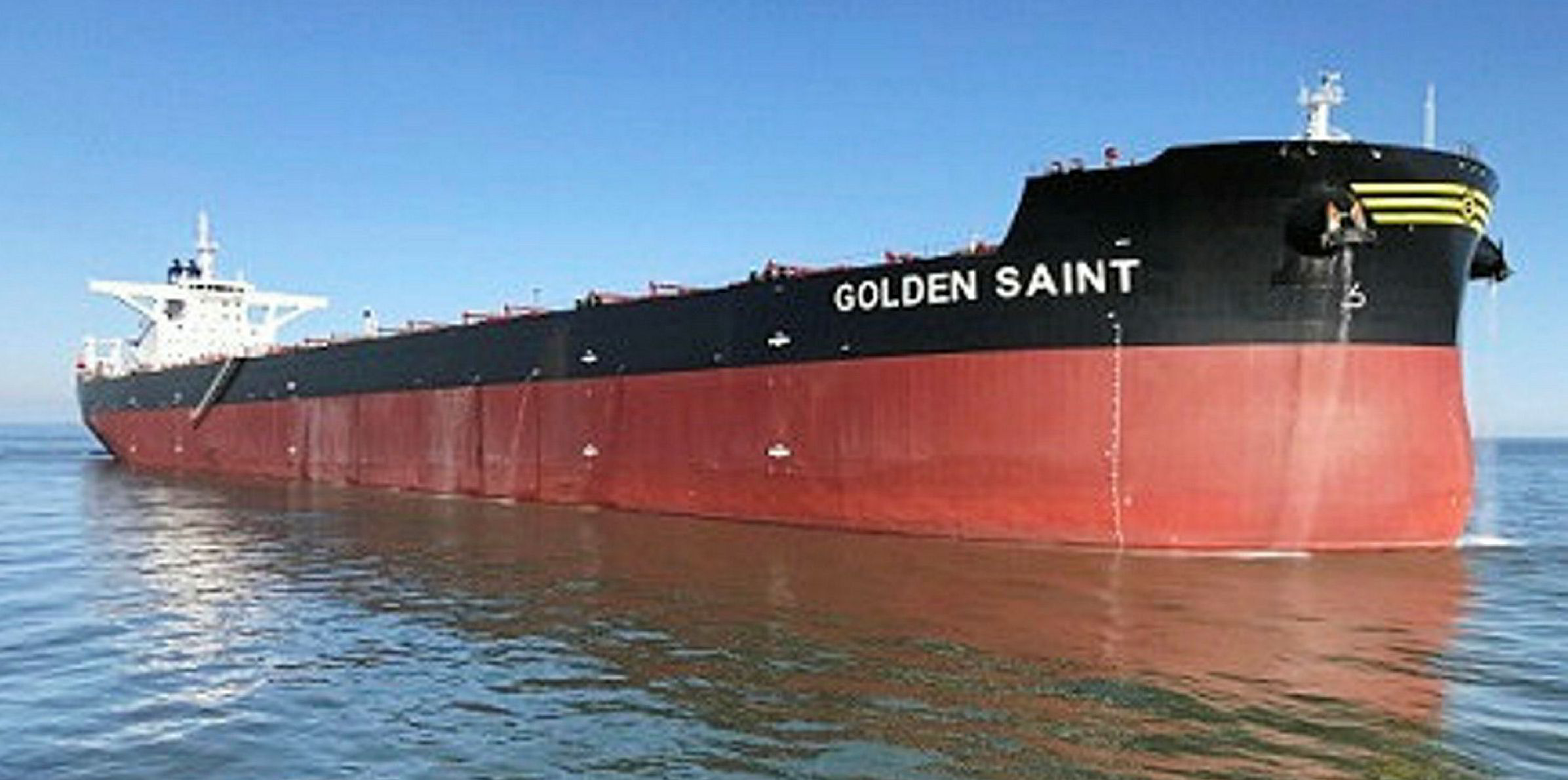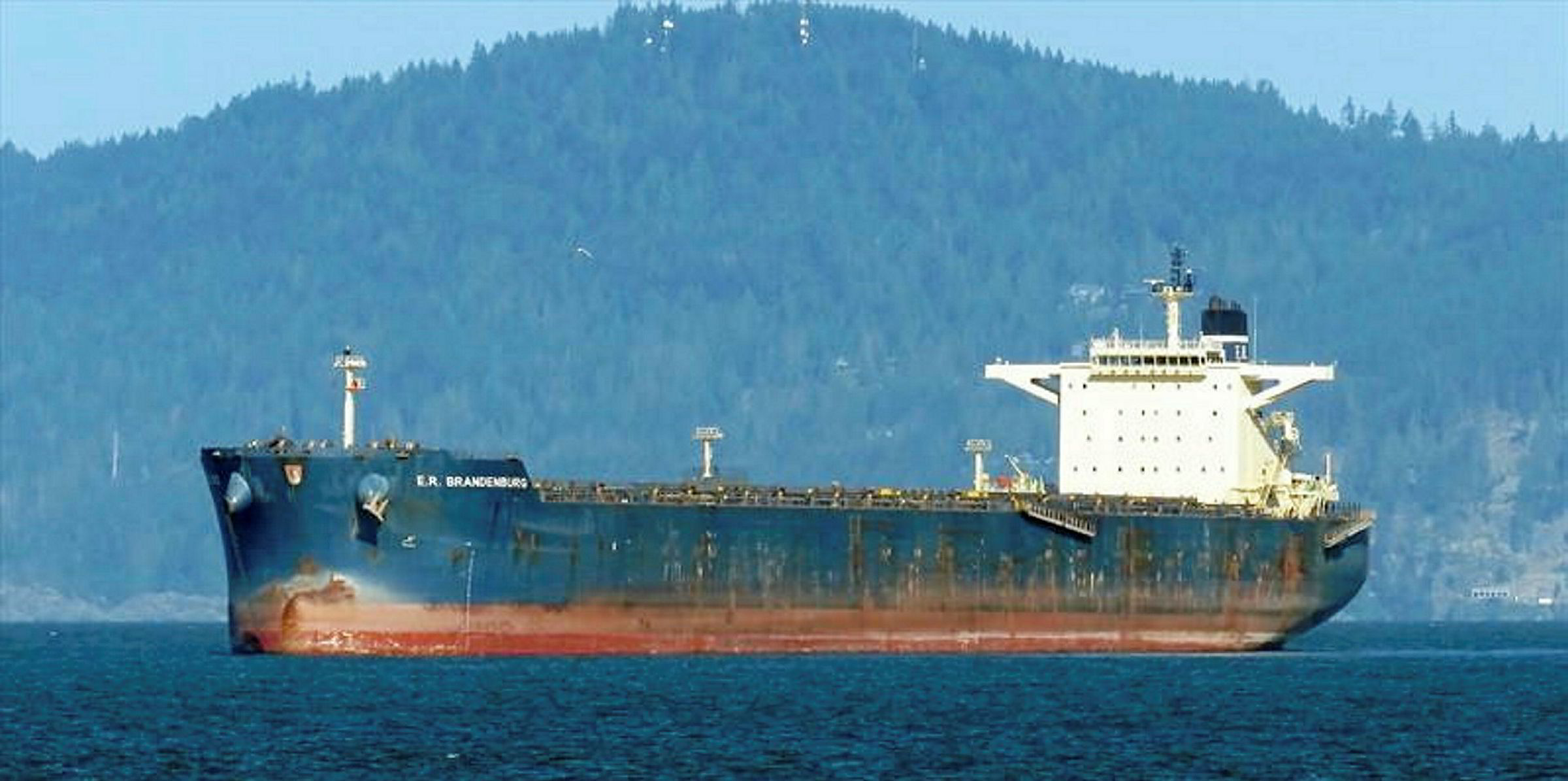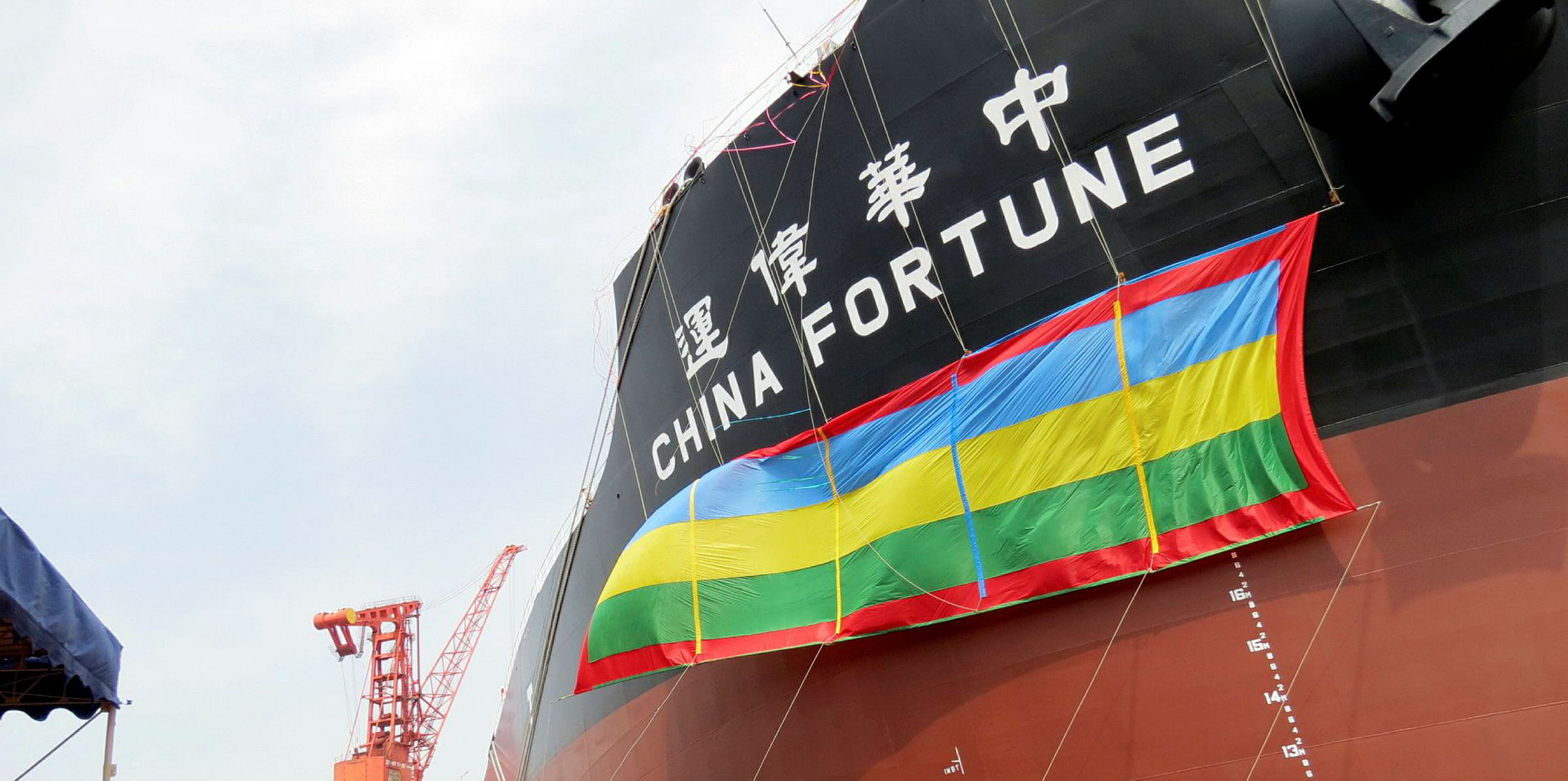Port congestion in China has “unquestionably played a role” in tightening vessel supply and demand in the capesize market, said SSY.
Some 99 laden capesizes, representing 5.5% of the 1,800-big bulker fleet, were reported to be waiting to berth as of 9 July, the shipbroker said.
For comparison, in April 2009 SSY said more than 80 laden capesizes were said to be waiting outside of China’s major discharge terminals out of a total fleet of 851 at the time.
“This represented close to 10% of the trading fleet and helped revive the market following its December 2008 trough,” the broker said.
“Indeed, when combined with queues at Australian and Brazilian ports, the percentage climbed to around 18% that year.”
“This year, dense fog at some locations and high winds at others have impeded ship movements, so improving weather conditions could help ease the situation,” SSY said.
Port congestion can act as a “double-edged sword” for the market, accelerating the upturn in the freight market, but also accentuating the downturn once queues begin to reduce, the broker said.
Port congestion a double-edged sword
SSY said average capesize earnings spiked to their highest level since September 2019 on 6 July at $33,760 per day.
However, last week witnessed the “dreaded correction” in the capesize market, with the time-charter average shedding almost 18% to close the week at $27,644, according to the Baltic Exchange.
“But in recent context, this cannot be considered as anything other than healthy,” the Singapore Exchange-owned company said in its weekly report.
“The Pacific round – and the backhaul – proved to be the biggest drivers, both losing about 25% on the week, although all routes posted losses – including the crucial Brazil round and north Atlantic fronthaul, which dropped 19% and 13%, respectively on the week.”
However, several brokers are said to have indicated that the market had “merely plateaued” and was set for a “renewed push this week”.
Major miners in both basins continue to “pump out iron ore” to meet Chinese demand, Affinity (Shipping) said in its latest weekly dry cargo report.
“Vale was heard to have fixed five capesizes for August dates ranging from high-$18’s per metric tonne to low-$19’s per metric tonne,” the London-based broker said.
New figures from the Pilbara Port Authority show that Port Hedland, the world’s largest iron export facility, shipped 51.7m tonnes of iron ore in June.
The figure was up 6% year-on-year and marked the first time the Western Australian port exceeded 50m tonnes in throughput in a single month.
Port Hedland’s annual iron ore exports totalled 531.5m tonnes, an increase of 24.9m tonnes, or 5% from the previous year.






